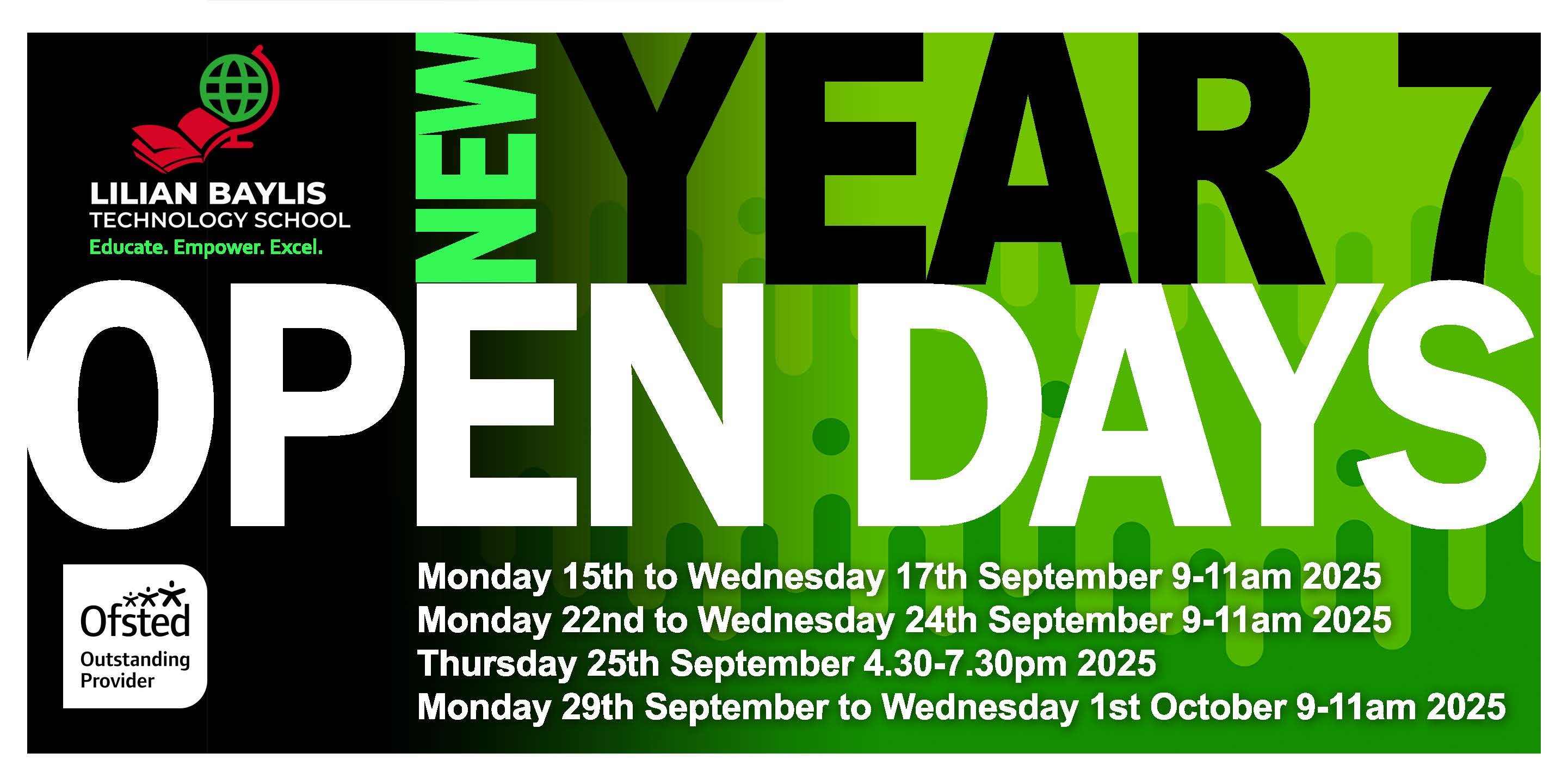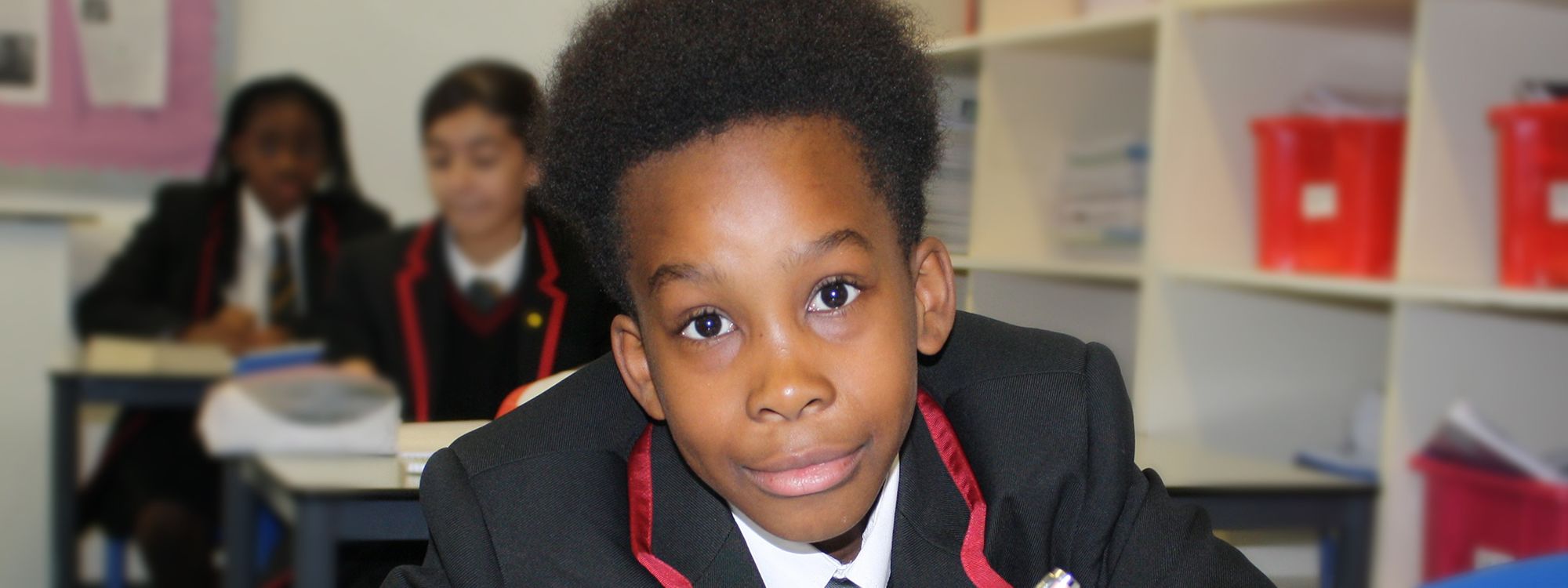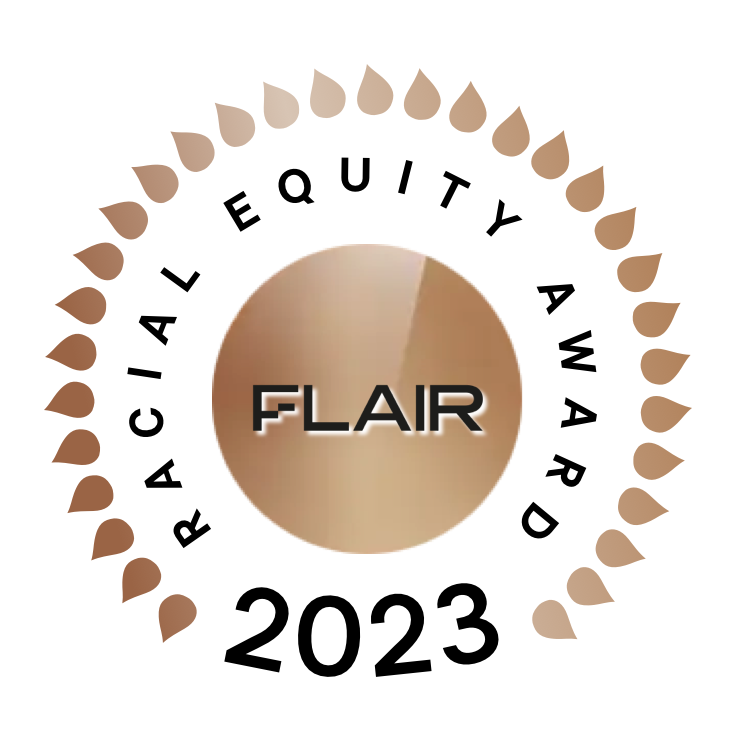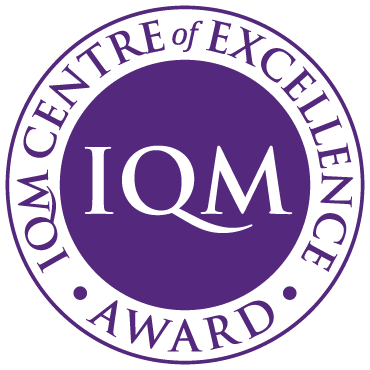- Home
- Parents
- Admissions
Admissions

Lambeth LA is the Admissions Authority for LBTS School.
Lambeth policies on school admissions can be found here.
To apply for a place please do so via the Lambeth LA website here.
If you wish to apply to LBTS, you must also complete a Supplementary Information Form (SIF) which can be found here.
The deadline to apply for a Year 7 school place for September 2026 is 31st October 2025.
Please read the information below if you are applying for a place at LBTS
1. CHILDREN WITH AN EDUCATION, HEALTH AND CARE PLAN (EHCP)
Children with an EHCP are placed via the child’s home borough Special Educational Needs and Disabilities (SEND) Team in conjunction with staff at the school.
-
Children with an EHCP are not required to submit a Supplementary Information Form or sit the ability banding test.
-
Where LBTS is the named school on an ECHP, the child’s offer will be included within the school’s PAN.
2. SECONDARY TRANSFER BANDING TEST
All children (without an EHCP) applying for admission to the school in Year 7 for secondary transfer are required to take three multiple choice standardised tests, verbal, quantitative (number) and non-verbal reasoning set by GL Assessment. If your child is applying to LBTS they must sit the test at LBTS or The Norwood School.
To sit the test you must register via the LBTS SUPPLEMENTARY INFORMATION FORM here.
-
The test date is Tuesday 18th November at 9:00am. The tests last three hours
-
Staff at LBTS administer the banding tests in collaboration with other schools in Lambeth that use the test.
-
In addition to the Common Application Form the school’s Supplementary Information Form is to be completed by the child’s parent/carer and sent to the school by the set deadline as this is used to invite children to sit the test.
-
A child’s test score can be shared with their parent/carer if requested. However, the score itself does not determine whether or not a child will gain a place at the LBTS, so will not need to be received in advance of the national deadline of 31 October for decision regarding preferences.
-
The purpose of the test is to band pupils in order to ensure that the school has a balanced and comprehensive intake for the school (the full range of ability of applicants for the school), with an equal number of applicants being admitted from each ability band.
-
Children’s banding will be based on their total test score. All applicants will be placed in one of six bands – five ability bands (based on the child’s test score) comprising equal sizes of 25 places each. The sixth band is for those without a test score.
-
The composition of the five ability bands will start with the premise of equal numbers using the test scores. The number of children with a test score will be divided by five. However, those with the same test score will not be divided across bands. Instead an additional place(s) will be assigned in one or more bands to ensure all those with the same score are in the same band.
-
The criteria will be applied to children in each band in the order set out in the oversubscription criteria below. Either as part of the workings before National Offer Day or afterwards using waiting lists, if a space becomes available in a band that has no children within it awaiting an offer at the school, the ability-band premise of equal number of offers will not be able to be maintained.
-
As vacancies cannot exist where there are children on the waiting list for the place will be offered in the next band down. If several bands have no waiting list and vacancies exist the banding structure will be levelled and the over-subscription criteria used between the ability bands (1-5).
Children who have not taken the test will only be considered for a place at the school after those who have taken the test. In the case of continued over-subscription after the full allocation of places, a place will only become available to a child who has not taken the test once all other children remaining in the ability bands have been offered a place at the school or a higher preference and the LBTS preference has been declined.
3. CRITERIA FOR ALLOCATION OF PLACES
CRITERION 1 – Looked After Children and Previously Looked After Children
-
Previously looked after children are children who were looked after, but ceased to be so because they were adopted (or became subject to a Care Order or Special Guardianship Order) immediately following having been looked after.
-
The School Admissions Code 2014 states that: A 'looked after child' is a child who is (a) in the care of a local authority, or (b) being provided with accommodation by a local authority in the exercise of their social services functions (see the definition in Section 22(1) of the Children Act 1989) at the time of making an application to a school.
-
This includes children who were adopted under the Adoption Act 1976 (see section 12 adoption orders) and children who were adopted under the Adoption and Childrens Act 2002 (see section 46 adoption orders).
-
Child arrangements orders are defined in s.8 of the Children Act 1989, as amended by s.12 of the Children and Families Act 2014. Child arrangements orders replace residence orders and any residence order in force prior to 22 April 2014 is deemed to be a child arrangements order. See Section 14A of the Children Act 1989 which defines a ‘special guardianship order’ as an order appointing one or more individuals to be a child’s special guardian (or special guardians).
-
Children who are looked after under an agreed series of short-term placements (such as respite) are excluded.
-
All applications under this criterion must be supported by a letter from the relevant Local Authority.
-
Looked after and previously looked after children are encouraged and will be supported to take banding tests, but must be given highest priority whether or not they take such tests. This is in accordance with the Code.
-
Therefore, if such a child has not sat the ability banding test, they will be assigned a place in the banding structure and be offered a place on National Offer Day, or from the waiting list for late applications, as soon as a space arises.
CRITERION 2 – Siblings (children with a brother or sister who already attends the school, and who will not have left the school at the time of Admission)
-
As a result siblings in year 11 at a secondary school will not be regarded as a sibling under this criterion.
-
A sibling is defined as a full/half/step brother or sister (who are living at the same address in all instances) or a child who is living as part of the family by reason of a court order, or a child who has been placed with foster carers at that address as a result of being looked after by the Local Authority. However, children who are looked after under an agreed series of short-term placements (such as respite) will not be regarded as siblings under this criterion.
CRITERION 3 – Children with exceptional medical or social needs children, whose application identifies a particular school that is especially able to meet that need.
-
This criterion will also take into account where a parent/carer has a physical, mental or social need that is significant and demonstrable for their child to attend a specific school.
-
This does not include childcare arrangements.
-
The decision to prioritise on these grounds will be determined via MEDSOC panel, which is comprised of the council’s senior management as well as senior school staff when necessary.
-
Documents from an appropriate professional (e.g. GP, consultant or social worker letter or report, not including general information from a website) must support these applications. However, any supporting evidence does not automatically mean that children will gain priority in this criterion as the decision to prioritise under this criterion will solely rest with the MEDSOC panel.
CRITERION 4 - Children of staff at the school
-
A member of staff for the purposes of this criterion must be employed by the said school as a teaching assistant or qualified teacher for a minimum of 0.6fte (16.5 hours teaching staff) and this employment must have been for at least 3 years at the time of submitting the application (i.e. their employment must have started no later than September 2018).
-
All such applications must be submitted to the LA and must be accompanied with the relevant paperwork supporting an application on these grounds, e.g. a letter from the headteacher or other senior leadership team member.
-
The applicant must take sole responsibility to provide such paperwork. Without the provision of the relevant papers that identify all the above, priority will not be given on these grounds
-
There will be a maximum priority limit of 4 children per year group for secondary schools/phase (years 7 to 11).
CRITERION 5 – Distance (priority will be given on the basis of distance between the child’s current home address and the school, measured by a straight-line)
-
This measurement will be done using a computerised mapping system. This home to school distance measurement will be undertaken using a point from the child’s home address as identified by the software (which uses the Local Land and Property Gazetteer - LLPG) to a central point in the school’s grounds as profiled in the software.
-
The child’s home address will be the child’s permanent place of residency and must not be a business address, or the address of a relative or carer, unless they have legal custody of the child.
-
Applications must only be made from a single address.
-
Applications or offers under this criteria will only be valid once proof of address has been given and confirmed.
-
As a tiebreaker for all criteria, priority will be given to children living closest to the preferred school (measured by a straight-line) in accordance with the measuring information in criterion 5. However, in the case where children have exactly the same distance between their home and the school, Lambeth LA will randomly allocate places as a tiebreaker.
WAITING LISTS AND YEAR 7 IN-YEAR APPLICATIONS
-
Lambeth School Admissions Team, in accordance with the School Admissions Code, will maintain the school’s secondary transfer (i.e. entry to year 7) waiting list and processes until 31 December 2026, as this will be until the end of the first Year 7 term. Waiting lists will be re-ordered each time there is a vacancy and new applicants are added to the waiting list, in accordance with the published admissions criteria and arrangements for the school.
-
Late applications for Looked After and Previously Looked After children will be assigned a place in the banding structure and be considered next for a place when a vacancy arises, in accordance with the Code.
-
This means that the banding set-up for secondary transfer remains effective until 31 December 2026
Documents
| Page Downloads |
|---|
| SIF Guideline 2025 2026 |




